Fork Lift
A forklift is an industrial vehicle that has a power-operated platform at the front. It has a fork that can be raised/lowered and inserted underneath a cargo for lifting and moving purposes. Forklifts can be powered by combustion engines or electrical batteries.
The Uses of Forklifts, and Why You Need One
A forklift is an industrial vehicle that has a power-operated platform at the front. It has a fork that can be raised/lowered and inserted underneath a cargo for lifting and moving purposes. Forklifts can be powered by combustion engines or electrical batteries.
There are forklift varieties that allow operators to sit when driving the vehicle, while there are others that require the driver to stand (standup forklifts). Forklifts are generally used in the transportation of goods and materials.
Learn more about forklift basics, types, and how using this vehicle can increase efficiency in your daily operations.
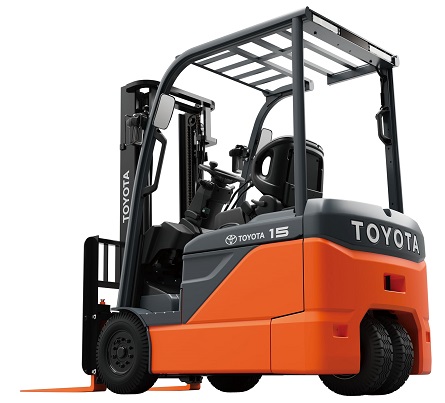
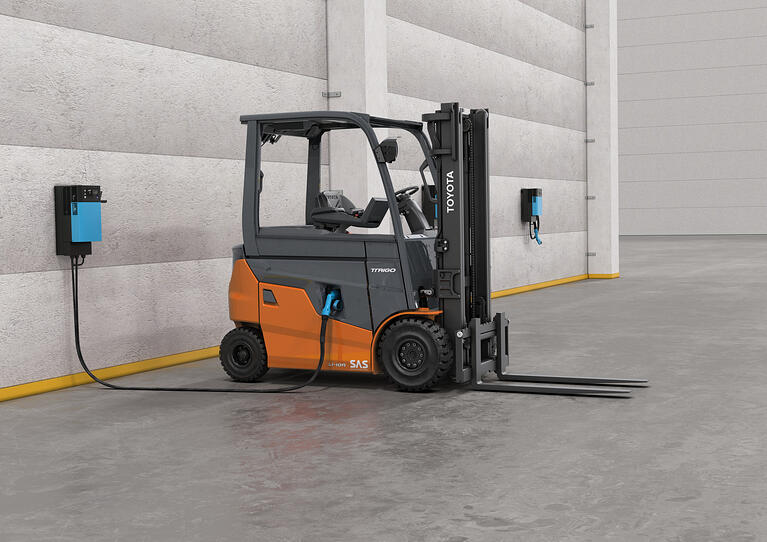

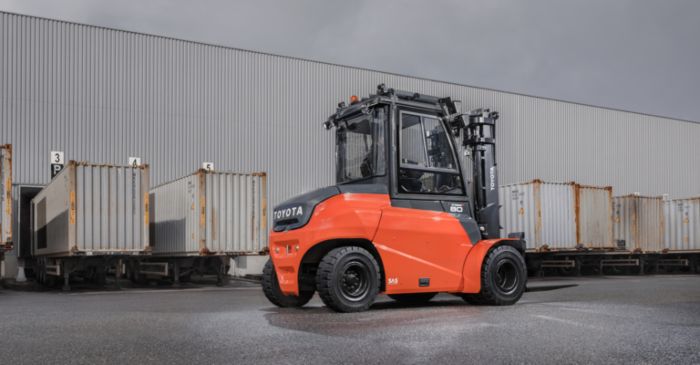



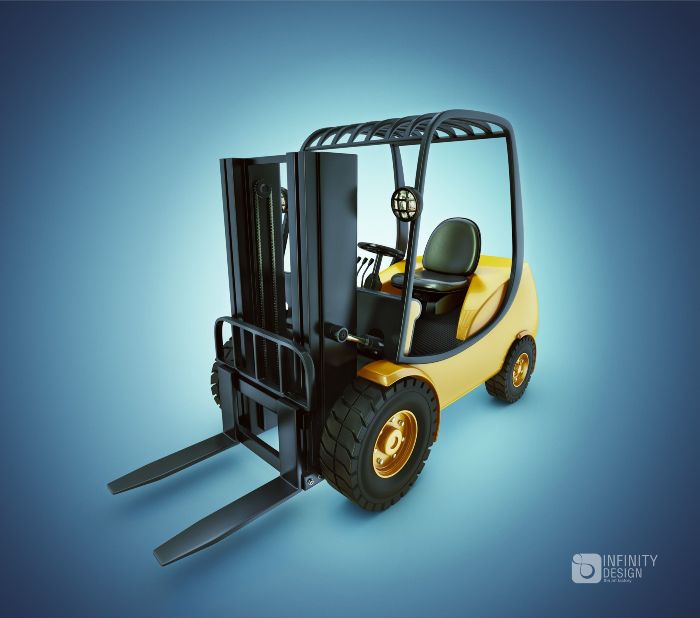

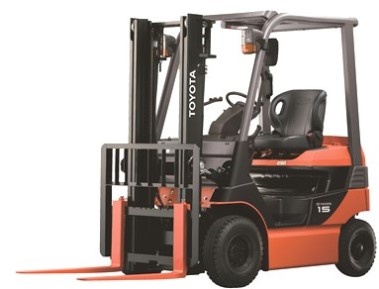

Fork Lift Features and Benefits
What’s In A Forklift
A forklift is made of several component parts that work together to lift, move, and store heavier or bulkier loads efficiently:
- Truck frame – The truck frame makes up the base of the forklift. The truck frame holds the rest of the key parts of the vehicle together, including the wheels, mast, and counterweight.
- Counterweight – This component aims to counter-balance the weight that the vehicle lifts. The counterweight is made of cast iron and is attached to the rear of the forklift.
- Power source – Consisting of a built-in combustion engine, the power source of the forklift can be fueled with diesel, LPG, natural gas, and CNG. Electric-powered forklifts get their power from lead-acid batteries.
- Carriage – Serving as the forklift’s base, the carriage is attached to the mast rails for ease of moving upward and downward.
- Mast – The mast is responsible for lifting and lowering the load. It also has interlocking rails to allow for horizontal controls. The mast can be installed with rollers.
Advantages Of Owning Your Own Reach Truck
Several companies opt to hire a reach truck; but if the majority of your operations require the use of forklifts, it’s often more practical to purchase a truck suited for your particular needs.
The most important reason for owning over renting is familiarity. You can train your employees on a specific machine. This helps them become more competent in using the equipment and be more well-versed with reach truck safety tips when operating the same vehicle in all operations.
Other advantages include not having to wait for a forklift to be delivered, or sourcing reach trucks near you every time that you need one. Your company will also own the machine, which means an additional asset on the ledgers.
When purchasing your reach truck, it is necessary to be clear and specific about your needs. Make sure to prepare these details before asking around for reach truck prices:
- Load capacity (full elevation)
- Top load beam
- Load requirement in terms of weight, dimension, and shape
- Clear ceiling height
- Clear aisle (should be six to 12 inches over minimum aisle is required for right-angle stacking)
- Liftoff space of about eight to 12 inches
How Forklifts Work
There are two mechanisms that enable forklifts to perform their lifting functions: roller chain pulleys and hydraulic cylinders.
- Hydraulic cylinders
Found at the base of a forklift is the lift handle which is fixed to an electric-powered air pump. When an operator presses the handle, the air pump is turned on. It then draws the air outside into the filter and pushes it into a tube until it reaches the hydraulic cylinders. The hydraulic cylinder has a hollow tube closed with a flexible, lubricated piston at one end.
The base of the cylinder traps air without leaking it out. As pressure increases in the area of the piston, an upward force is generated, moving the piston up. As this happens, the volume of gas increases and the pressure is minimized. This produces physical equilibrium at the height of the forklift and an amount of force that’s equivalent to the gas and the load of the forklift.
To elevate the load – The forklift operator pushes the handle (forward direction) to signal the forklift to pump excess air into the cylinders.
To lower the load – In a backward direction, the operator pulls the handle to signal a special valve to release gas from the cylinders.
- Roller chain pulley
The forks that lift and carry loads are fixed to the main body with two roller chain pulleys. The fulcrum of these chain pulleys forms a gear above the mast. As the hydraulic pistons push the mast upwards, the gears at the top of the masts are pressed on the roller chains. This takes place because one side of the chain is attached to the forklift’s solid frame. The masts can only move in an upward direction when the gears rotate clockwise, pulling the forks overhead.
This mechanism is vital, as it allows the forks to move away from the cylinders’ reach. The forklift would need taller cylinders to lift loads to an equal height if not for roller chain pulleys.
Lorem ipsum dolor sit amet, consectetur adipiscing elit. Ut elit tellus, luctus nec ullamcorper mattis, pulvinar dapibus leo.


